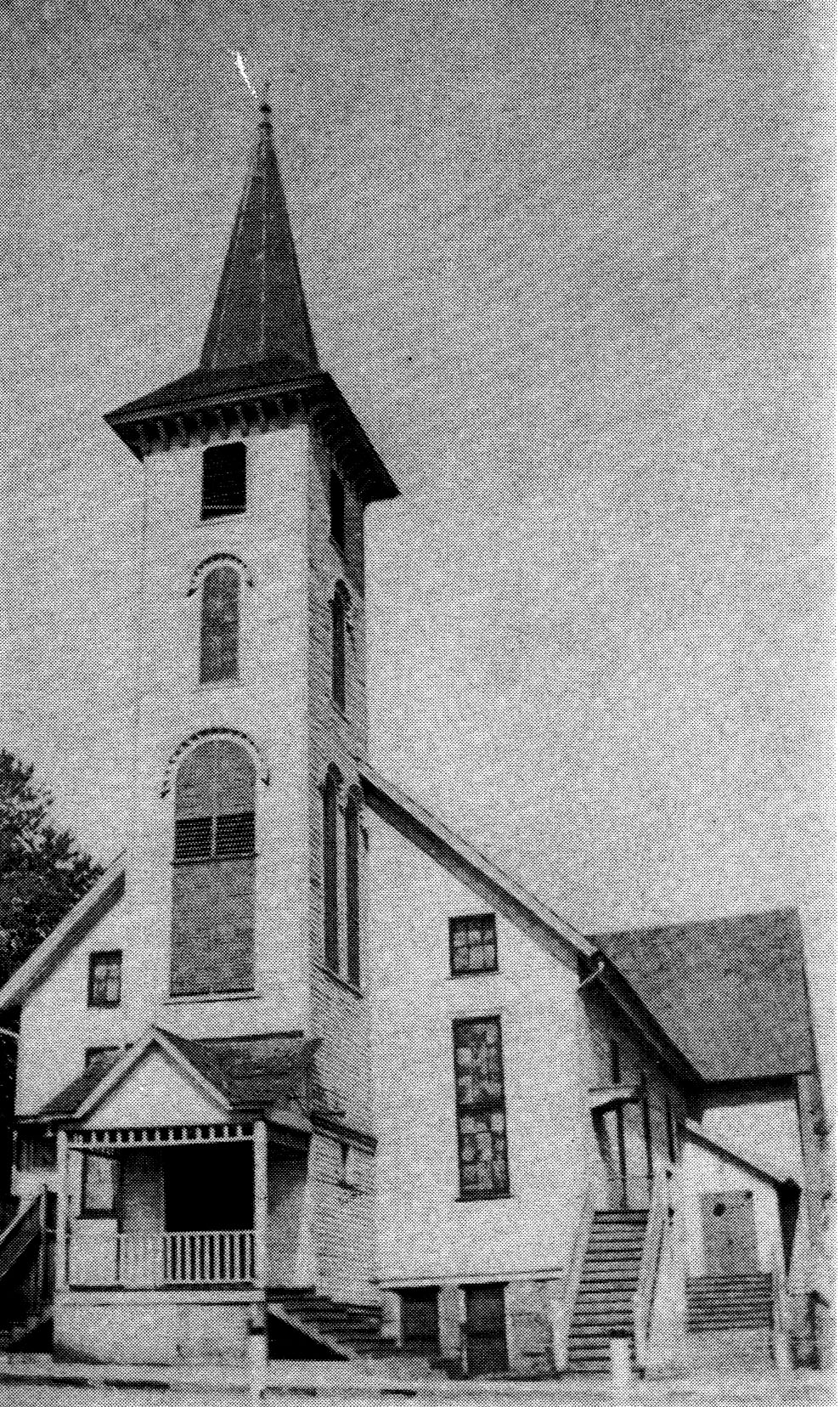
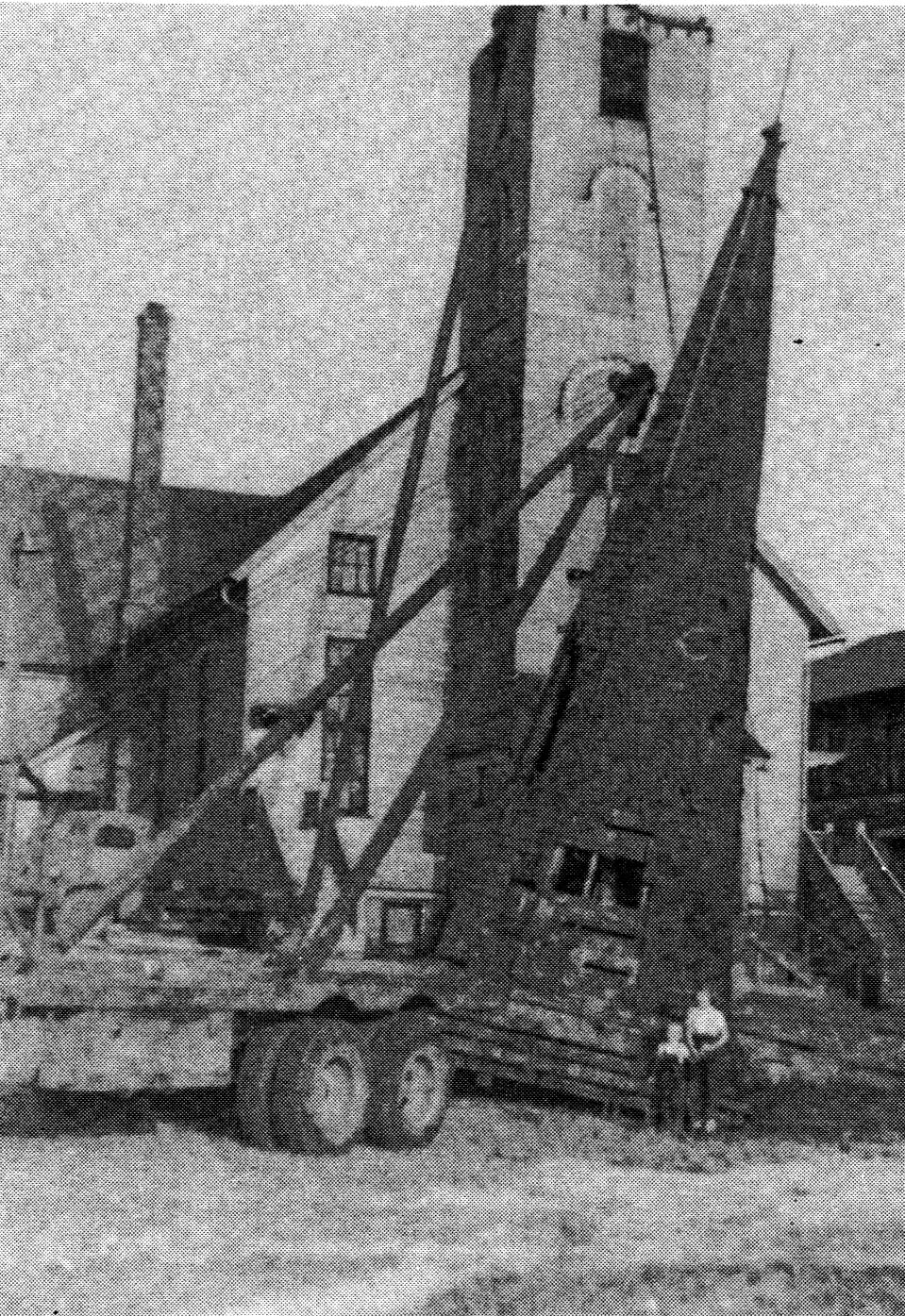
Grandville Avenue Christian Reformed Church
60th Anniversary - 1891 - 1951


Original Grandville Avenue Christian Reformed Church
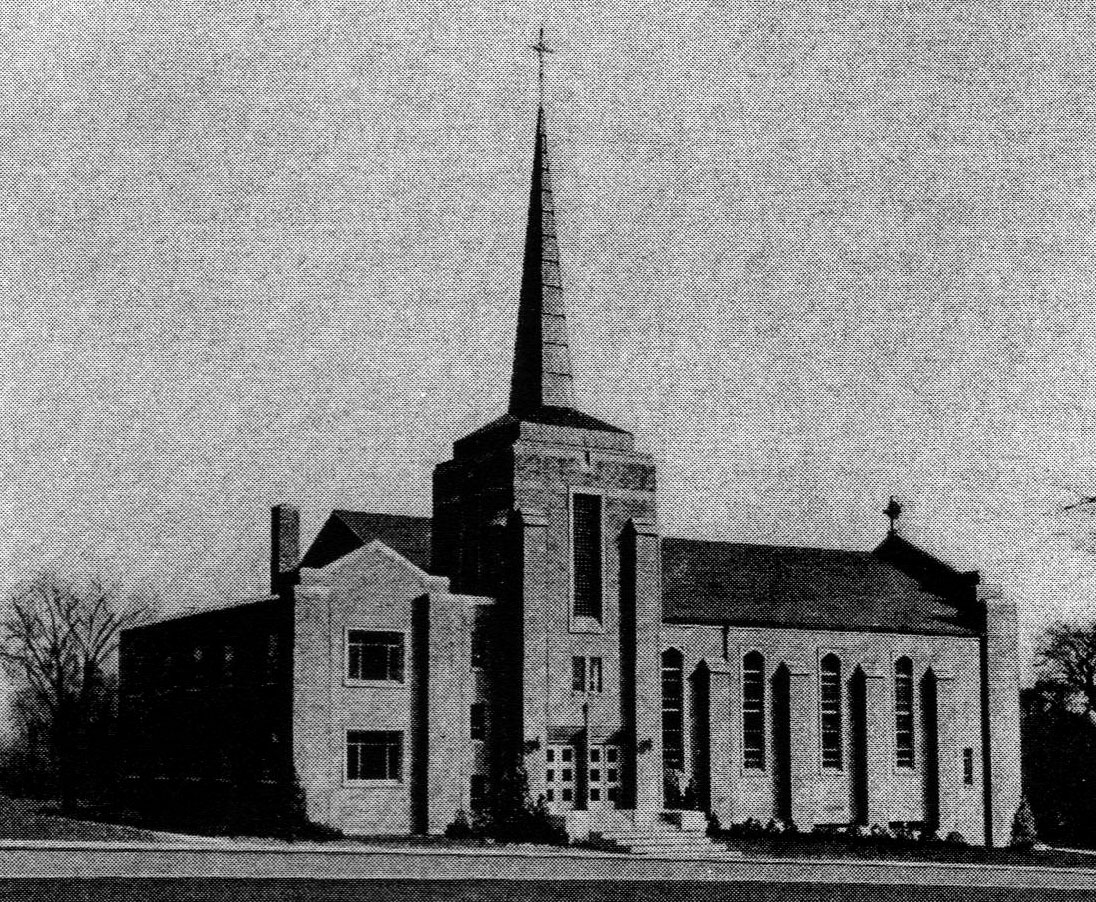
1951 Grandville Avenue Christian Reformed Church
History of Our Church
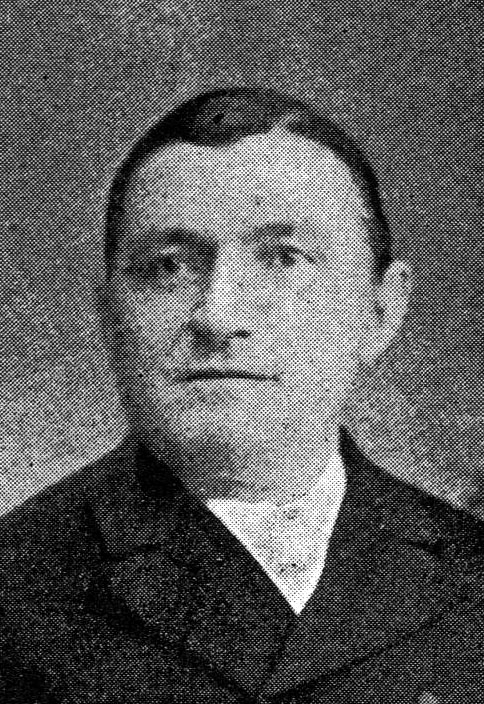
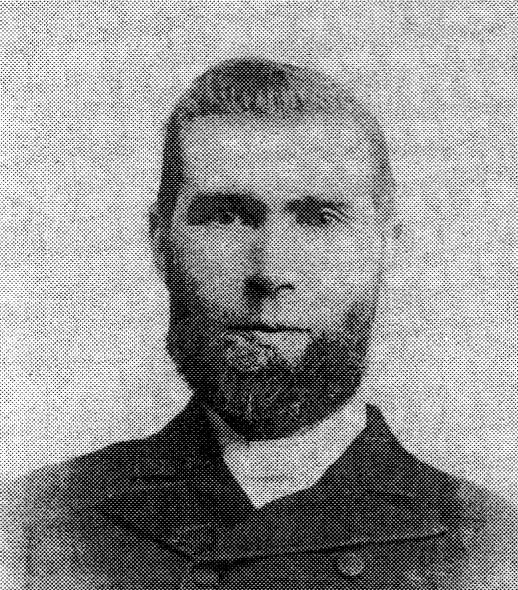
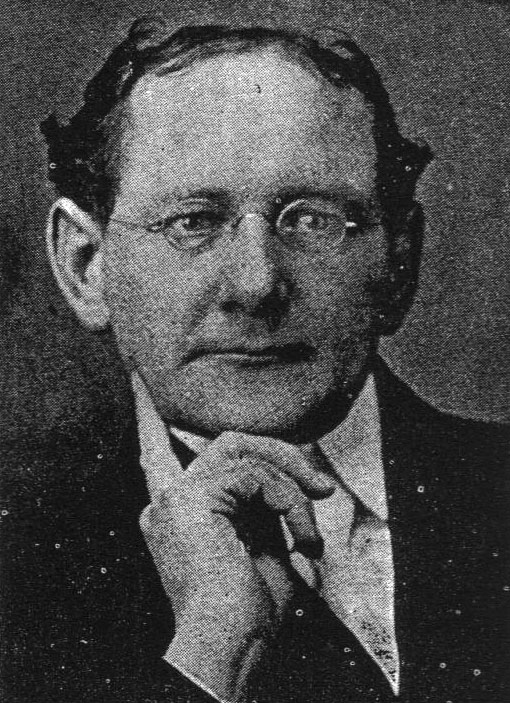
Left to Right: Reverend W. Greve, Reverend E. R. Haan and Rev. J. W. Brink
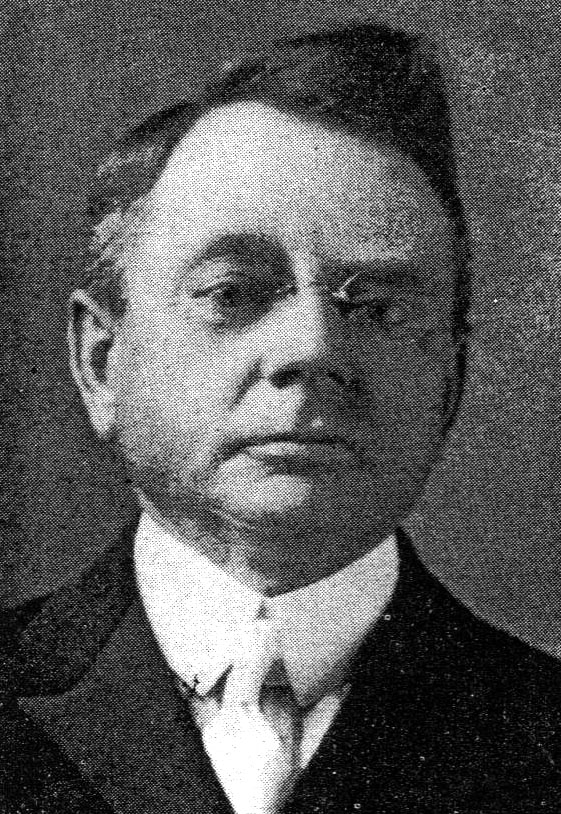
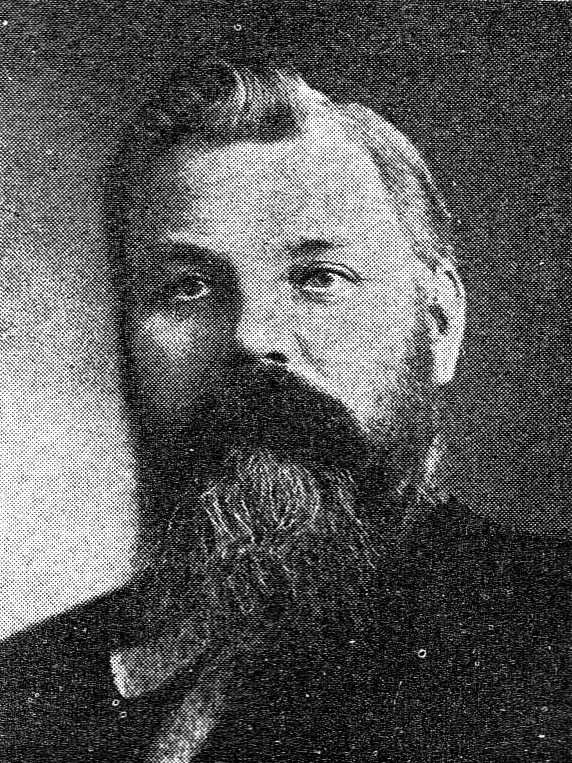
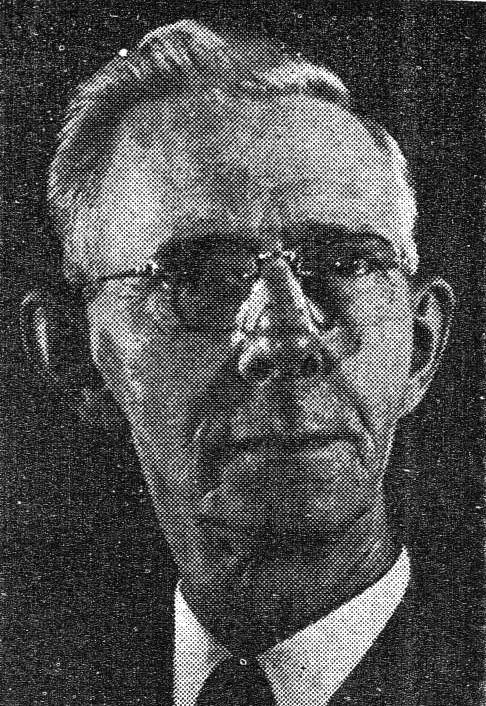
Left to Right: Reverend J. Timmerman, Reverend E. Breen, and Reverend R. L. Haan
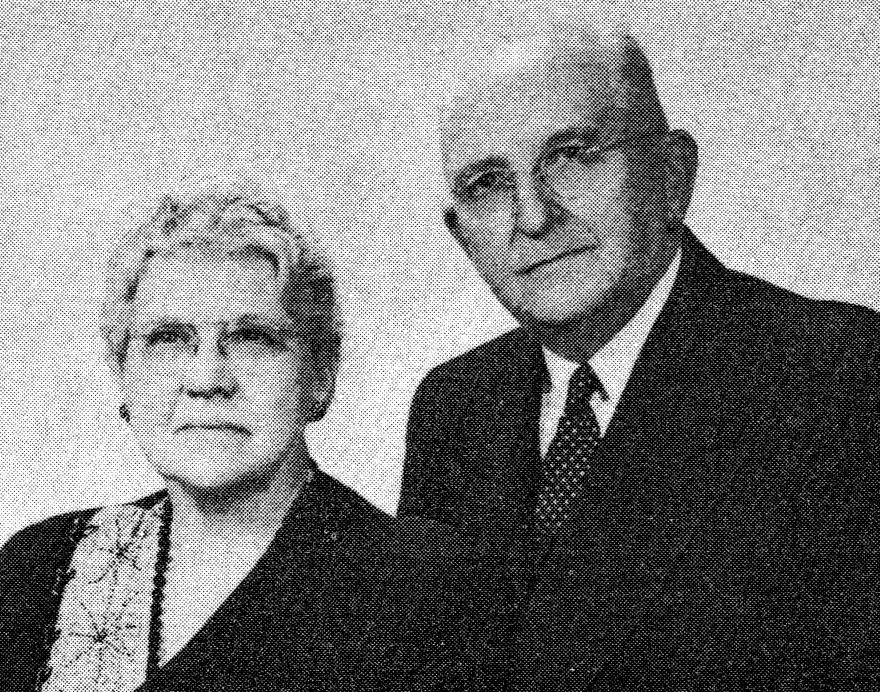

Left to Right: Dr. Reverend Y. P. DeJong and wife, and Reverend Martin Monsma, wife, Joanna and Hester; Stephen, Timothy and Cynthia
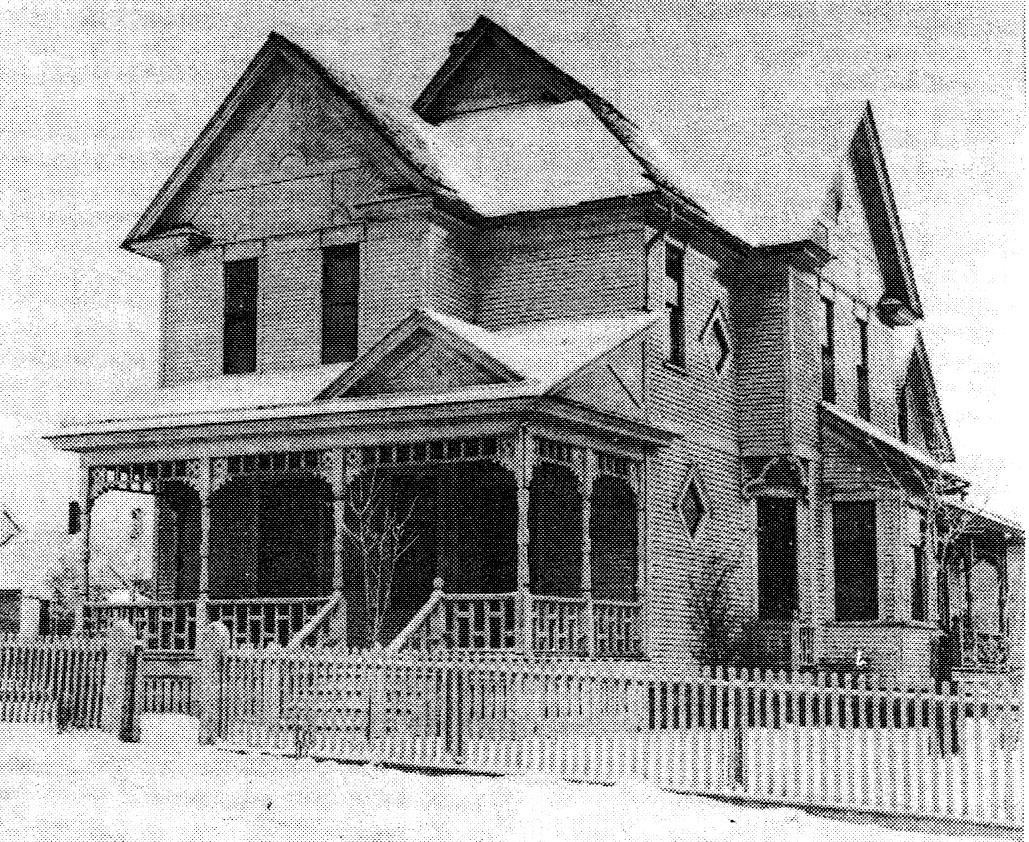
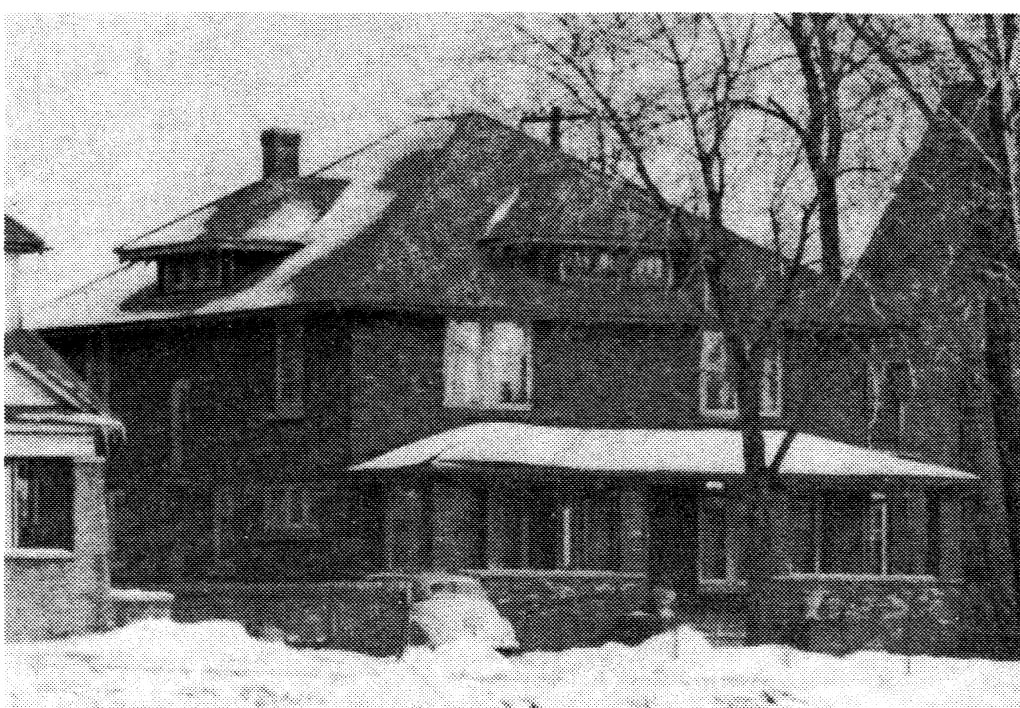
Left: Our First Parsonage --- Right: Our Second Parsonage
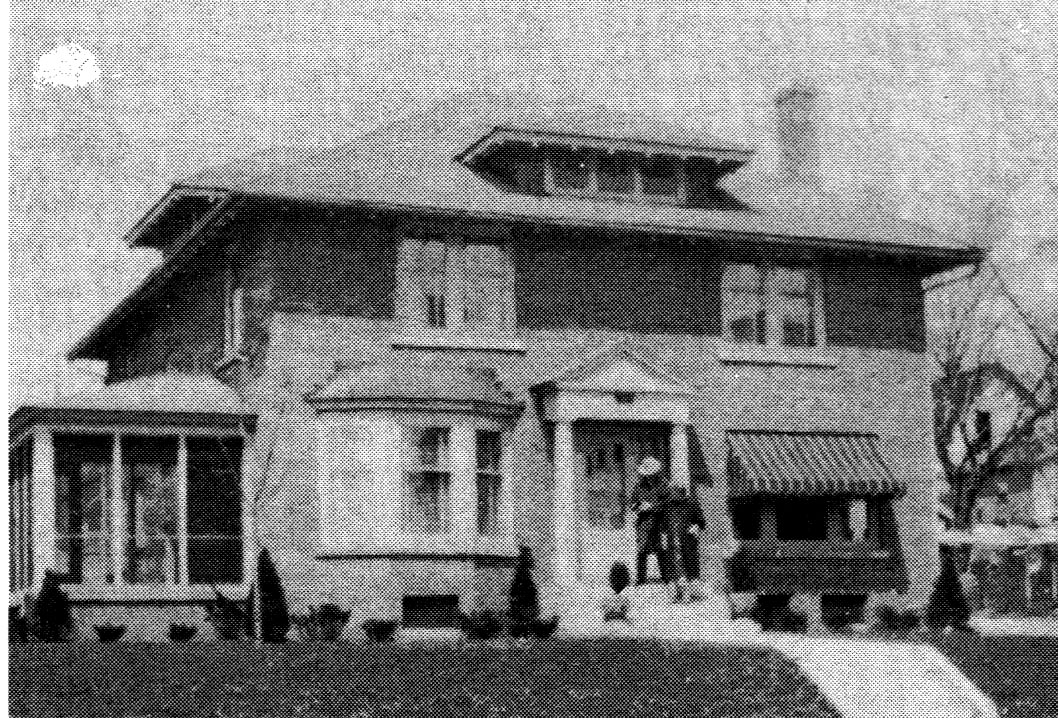
Our 1951 Parsonage - Second Parsonage moved and remodeled
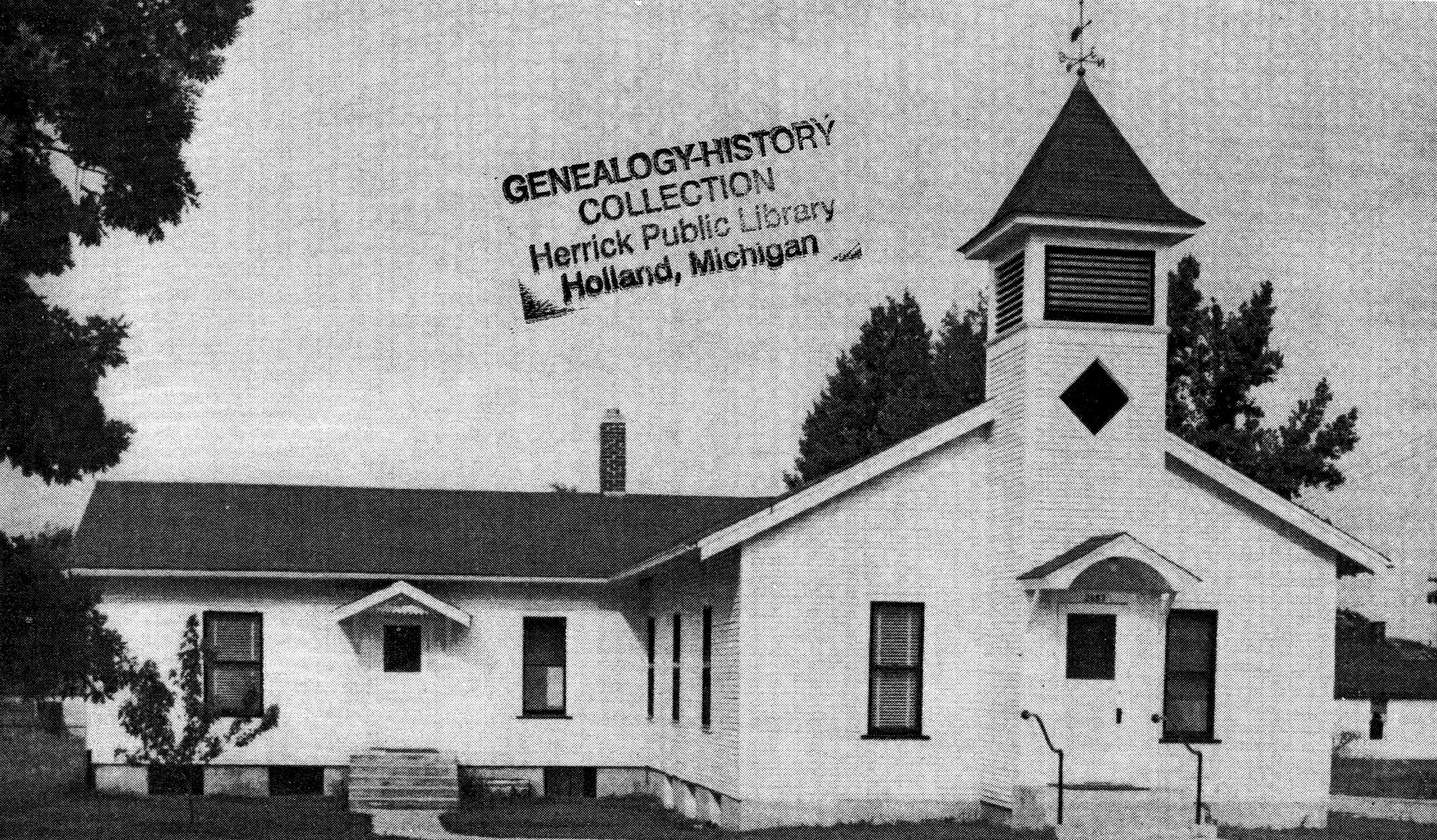
Our Ivanrest Mission
Grandville Avenue Christian Reformed Church
Grand Rapids, Michigan
1891 - 1951
History of Our Church
|
Sixty years ago on 21st August 1891 our church was organized as the Holland Christian Reformed Church on Grandville Avenue of Grand Rapids, Michigan. Our church was organized for the Christian Reformed families living south of Hall Street. The original incorporation papers were signed by twenty-two members. The first consistory consisted of the following brethren: Elders J. Stevens, K. Brouwer and W. DeVries; Deacons: Jan Koster, Jan VanDam and T. Kraai. Soon after the organization of our church, they purchased a church building, which according to verbal reports had served as a Unitarian Church near the heart of town. The building was dismantled and rebuilt at the site where our old building stood for nearly sixty years. This original structure remained a part of our church until it was razed in 1950. It was the rear or narrower part of our church building. The front or wider part was added a few years later. It was on Sunday, 25 June 1892, that Rev. William Greve was installed as the first Pastor of the Grandville Avenue Church. He came to our church from the Christian Reformed Church of Borculo, Michigan. At this time our congregation numbered about thirty families. Rev. Grebe remained with our local church from 1892 until 1896 when he retired from active service in the ministry for a year. The next year he accepted a call to the church of Hull, Iowa, from which church he became emeritus in 1903 and was called to the Church Triumphant in 1906. The second Pastor was the Rev. Enno R. Haan who in a brief period of two years did a great deal to mold the life of the young congregation in sound Reformed doctrine. Rev. Haan had been a missionary to Java for several years. Later he served a few congregations in the Netherlands and in 1890 came to this country to serve as Pastor of the Reformed Church of Wortendyk, New Jersey. This is now the Christian Reformed Church of Midland Park. His definitely doctrinal sermons provided rich nourishment for our people and as a Pastor of unusual ability he was an instrument in God's hand to lead the young congregation in a way that was to the welfare of our church and the influence of which was felt even years later. While celebrating his twenty-fifth anniversary as minister and the approaching candidacy of his son, the later Rev. R. L. Haan, the King of the Church saw fit to call him home to glory after a brief illness. During his brief incumbency the congregation grew to about two hundred families. In the year 1899 Rev. J. W. Brink became the third Pastor of our congregation. He came to us from the Christian Reformed Church of Allendale, Michigan, and in 1903 left us to become the Pastor of the Bethany Christian Reformed Church of Muskegon, Michigan. During his time as faithful shepherd he endeared himself to our congregation. His zeal for mission work was evident. In later years he served as Missionary to the Navaho Indians at Rehoboth and later at Two Wells, New Mexico. The minute books of these earlier years are not without interesting items. Translated from Dutch: "The committee in charge of having the church painted reports that the work is finished and the cost amounted to $153.72, of which the labor cost, including $10.00 for putting the rooster on the steeple, was $68.00." Without a doubt, many of us still remember our steeple on the old church with a big rooster as weather vane. After the Rev. Brink left, our congregation was without a pastor for over a year. However in 1905 Rev. J. Timmerman, a professor at the Seminary of Dubuque, Iowa, accepted our call and became our fourth Pastor. It was just before his coming that our Christian School opened its doors. When we realize that this was done at that time by the members of our congregation, we realize that zeal and devotion must have been present and active in those years. we owe much to the spirit of loyalty and sacrifice of the forefathers of our congregation. Rev. Timmerman was a doctrinal preacher. Those who remember him say that the lights burned late into the night in his study. Seed was sown that bore fruit. The Rev. Evert Breen came in 1908 from First Chicago, Illinois and stayed until 1913 when he left for First Lynden, Washington. During his ministry our church grew to about 300 families. The neighborhood in the vicinity of our church was growing. There was a strong feeling for an English speaking congregation and as a result the Bethel Church was organized in 1913, the first daughter church of Grandville Avenue. Our church at this time was growing and many improvements were made. One of these was the installation of a good pipe organ. a good share of this instrument was still in use until the time when our old church building was dismantled. There was no electric motor or blower attached to this organ. When the congregation was to sing, the organist went to the organ to play and a good strong man went into the organ chamber to pump the air bellow. Yet it was decided improvement over the precentor (de voorzinger) upon whose services the congregation had depended heretofore. Our church was again without a Pastor for a number of months. After several calls were extended and declined, our call to Rev. R. L. Haan, son of the second Pastor of our church, was accepted. Rev. Haan came to us from the Central Avenue Church of Holland, Michigan. during his brief stay of about two years, our congregation flourished and the galleries were installed in our church to provide additional seating room. It was also at this time that it was decided to build a new parsonage. Our old parsonage was moved north about 50 feet to make room for the new one. A very good brick veneer house with plenty of large rooms was then built. It stood where it was built for over 30 years. It was a well constructed dwelling and a parsonage in which the congregation could take a justifiable pride. The first Pastor of our church to live in this new home was Dr. Y. P. DeJong, who came to us in November of 1917 from the Coldbrook Christian Reformed Church. Dr. DeJong at this time is still with us and is serving our congregation by preaching at the two Holland services every Sunday and by visiting some of the sick and shut-ins. We appreciate the many years that Dr. DeJong has been with us. In September of 1920, the first English evening services were held and shortly thereafter the four service system, which continues until today was introduced. During these years several daughter churches were organized: Wyoming Park in 1919, Lee Street in 1926, (to the latter the mother church gave a dowry of $10,000) and the Godwin Heights Church in 1927 by members of the Grandville Avenue and the Burton Heights Churches. During these years our membership grew and totalled well over 400 families. The Consistory had often expressed its willingness to suggest to the congregation to get additional help if Dr. DeJong felt that it was advisable, but it was not until 1942 that our Pastor suggested it himself. In May, 1943 Rev. Martin Monsma was led by God to accept our call and leave the Second Christian Reformed Church of Pella, Iowa to become our second Pastor. Two years later, in 1945, Dr. DeJong applied for and was granted emeritation. Teh eight years that rev. Monsma has been with us are years that will be long remembered. They were the years that included the major part of World War II. More than 200 of our young men left for the armed services and of thes six did not return. Their names are: William Bouman, Raymond H. DeJonge, Jacob Guikema, Clarence Kladder, Edward Nylaan, Lamburtes Ritsema. A plaque was placed in the church parlors in memory of these dead. This plaque also bears the names of Wynerd VanDyke and Ralph H. VanZanten, who gave their lives in World War I. Before the war began we had decided to build a new House of Worship. we had agreed with the Southwest Christian School to exchange the ground on which the old school building stood for the ground on which our parsonage and the old house next to it were standing. A drive was made for funds to build and money was donated and subscribed liberally. Then came the war. Building material could not be procured and it was felt that we should postpone building our new church. Building costs had more than doubled by the end of the war and a drive was needed to help with the funds needed. The School was also ready to take down the old wooden structure on Grandville Avenue and to build the new school. Our parsonage and the house next to it, the old parsonage, had to be removed. We needed to find another parsonage for our Pastor and we were able to purchase a lot on Van Raalte Drive. The parsonage was moved to this location and fully remodeled. Our old church had to be removed in order for us to build a new one. Arrangements were made with Southwest Christian School so Holland services could be held in their gymnasium. A large store building on Chicago Drive was vacant and we obtained it for one year. When the cornerstone of our new church was laid, a cooper box was sealed into the cornerstone with various documents placed in it Brief Historical Statement - March 17, 1951 The Grandville Avenue Christian Reformed Church was organized in 1891. Its first Church, a wood frame structure, enlarged more than once, stood just north of the point at which this Inscription Stone is being placed. The church faced west. A twelve-room wood frame Christian school building, facing south formerly occupied the major part of the ground upon which the church, now being built, will stand. Building operations began in July of 1950. Due to the long and hard winter, and because some building materials could not be assured immediately, construction progress was delayed and the Inscription Stone was not laid until this day, 17 March 1951. During the construction period the congregation worshipped in a large vacant store building on Chicago Drive near Godfrey Avenue for its two English services, and in the Junior High School gymnasium of the Christian School Society for its tow Holland services. God forbid that this building being reared to His glory and to the perpetuation and growth of His Church, shall ever serve any other but this most worthy and lofty purpose. Our Ivanrest Mission For 25 years our church has done Mission Work in Ivanrest and the surrounding vicinity. On May 21, 1923 a society of Mission Workers was organized in our Church. Mr. John VanVels, Sr. was selected President. Almost three years later, February 10, 1926 it was decided to investigate ivanrest as a place to start Sunday School and Mission meetings. At the meeting of May 11, 1926 it was decide to do mission work at Ivanrest. That summer meetings were held in the open air on the Corner of Ivanrest Road and Vine Street and a small building, 24 x 36, was erected during the following winter. This was all built by volunteer labor. In the meantime meetings were conducted in a nearby store building belonging to Mr. L. E. Davis. Since then the building has been enlarged and improvements made from time to time. In 1935 the basemenn was excavated and in 1939 a steeple and bell were added. In 1950 quite a large wing was added to the building. The building now includes the auditorium, four Sunday School rooms, a nursery, office and kitchen. During the decade from 1927 to 1937 the Superintendent at Ivanrest was a volunteer worker. Mr. John VanVels, Sr., Mr. Fred Ritsema and Mr. Thomas Bouwkamp served consecutively. Their work was supplemented by the part time services of the Misses Cornelia Valkier and Agnes Groothuis.
|
Scanned by: ES
Created: 11 October 2012